Why Sequencing DNA In Space Is A Big Deal
Why Sequencing DNA in Space is a Big Deal
… And How You Can Talk to the Scientists Who Made It Happen

Less than one month ago, DNA had never been sequenced in space. As of today, more than one billion base pairs of DNA have been sequenced aboard the International Space Station, Earth’s only orbiting laboratory. The ability to sequence the DNA of living organisms in space opens a whole new world of scientific and medical possibilities. Scientists consider it a game changer.

NASA astronaut Kate Rubins, who has a background in genomics, conducted the sequencing on the space station as part of the Biomolecule Sequencer investigation. A small, commercial, off-the-shelf device called MinION (min-EYE-ON), manufactured by Oxford Nanopore Technologies in the UK, was used to sequence the DNA of bacteria, a virus and rodents. Human DNA was not sequenced, and there are no immediate plans to sequence human DNA in space.

(Image Credit: Oxford Nanopore Technologies)
The MinION is about the size of a candy bar, and plugs into a laptop or tablet via USB connection, which also provides power to the device. The tiny, plug and play sequencer is diminutive compared to the large microwave-sized sequencers used on Earth, and uses much less power. Unlike other terrestrial instruments whose sequencing run times can take days, this device’s data is available in near real time; analysis can begin within 10-15 minutes from the application of the sample.

Having real-time analysis capabilities aboard the space station could allow crews to identify microbes, diagnose infectious disease and collect genomic and genetic data concerning crew health, without having to wait long periods of time to return samples to Earth and await ground-based analysis.
The first DNA sequencing was conducted on Aug. 26, and on Sept. 14, Rubins and the team of scientists back at NASA’s Johnson Space Center in Houston hit the one-billionth-base-pairs-of-DNA-sequenced mark.

Have more questions about how the Biomolecule Sequencer works, or how it could benefit Earth or further space exploration? Ask the team of scientists behind the investigation, who will be available for questions during a Reddit Ask Me Anything on /r/science on Wednesday, Sept. 28 at 2 p.m. EDT.
The participants are:
Dr. Aaron Burton, NASA Johnson Space Center, Planetary Scientist and Principal Investigator
Dr. Sarah Castro-Wallace, NASA Johnson Space Center, Microbiologist and Project Manager
Dr. David J. Smith, NASA Ames Research Center, Microbiologist
Dr. Mark Lupisella, NASA Goddard Space Flight Center, Systems Engineer
Dr. Jason P. Dworkin, NASA Goddard Space Flight Center, Astrobiologist
Dr. Christopher E. Mason, Weill Cornell Medicine Dept. of Physiology and Biophysics, Associate Professor
More Posts from Chris-z-2135-46-blog and Others


New view of the Pillars of Creation
js

John Young


Thunderstorms as seen from the ISS
js

8 Things to Know About Our Commercial Crew Program
Two years after selecting the next generation of American spacecraft and rockets that will launch astronauts to the International Space Station, engineers and spaceflight specialists across our Commercial Crew Program, Boeing and SpaceX are putting in place the elements required for successful missions.

1. The Goal
The goal of our Commercial Crew Program is to return human spaceflight launches to U.S. soil, providing reliable and cost-effective access to low-Earth orbit on systems that meet our safety requirements. To accomplish this goal, we are taking a unique approach by asking private companies, Boeing and SpaceX, to develop human spaceflight systems to take over the task of flying astronauts to station.

2. Multi-User Spaceport
Boeing and SpaceX, like other commercial aerospace companies, are capitalizing on the unique experience and infrastructure along the Space Coast at our Kennedy Space Center and Cape Canaveral Air Force Station. Kennedy has transitioned from a government-only launch complex to a premier multi-user spaceport. In the coming years, the number of launch providers along the Space Coast is expected to more than double.

3. Innovation
Our expertise has been joined with industry innovations to produce the most advanced spacecraft to ever carry humans into orbit. Each company is developing its own unique systems to meet our safety requirements, and once certified by us, the providers will begin taking astronauts to the space station.

4. Research
With two new spacecraft that can carry up to four astronauts to the International Space Station with each of our missions, the number of resident crew will increase and will double the amount of time dedicated to research. That means new technologies and advances to improve life here on Earth and a better understanding of what it will take for long duration, deep space missions, including to Mars.

5. Crew Training
Astronauts Bob Behnken, Eric Boe, Doug Hurley and Suni Williams have been selected to train to fly flight tests aboard the Boeing CST-100 Starliner and SpaceX Crew Dragon.

The veteran crew have sent time in both spacecraft evaluating and training on their systems. Both providers are responsible for developing every aspect of the mission, from the spacesuits and training, to the rocket and spacecraft.

6. Launch Abort System
Boeing and SpaceX will equip their spacecraft with launch abort systems to get astronauts out of danger … FAST!

7. Expedited Delivery
Time-sensitive, critical experiments performed in orbit will be returned to Earth aboard commercial crew spacecraft, and returned to the scientists on Earth in hours, instead of days – before vital results are lost. That means better life and physical science research results, like VEGGIE, heart cells, and protein crystals.

8. Lifeboat
The spacecraft will offer safe and versatile lifeboats for the crew of the space station, whether an emergency on-orbit causes the crew to shelter for a brief time in safety, or leave the orbiting laboratory altogether. Learn more HERE.
Make sure to follow us on Tumblr for your regular dose of space: http://nasa.tumblr.com
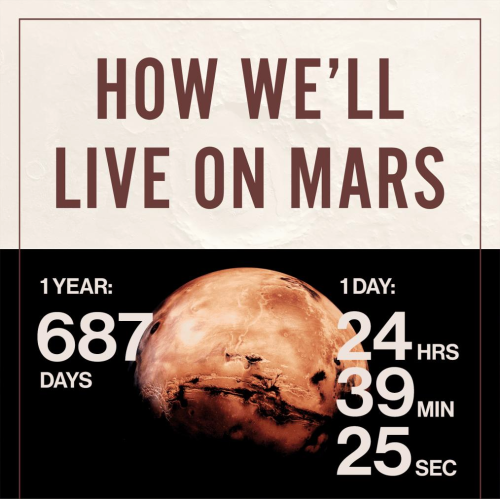
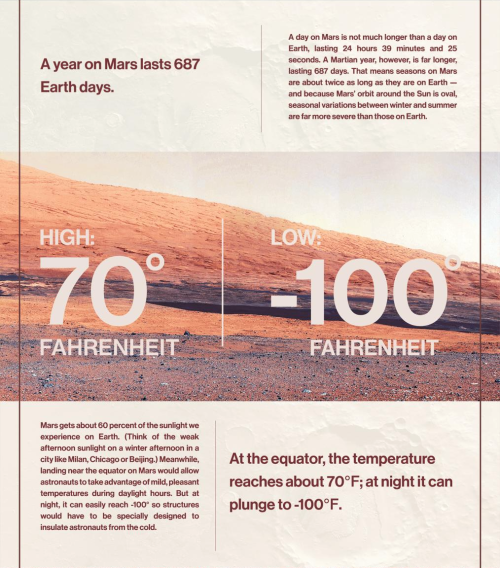
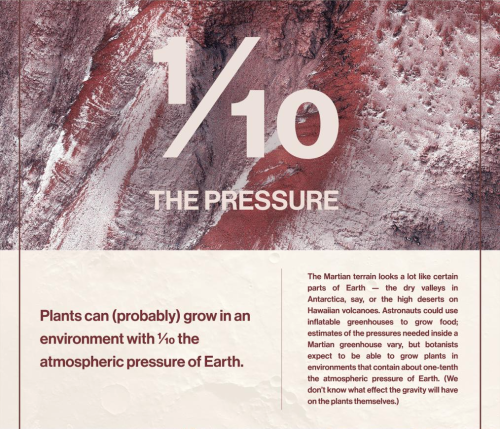
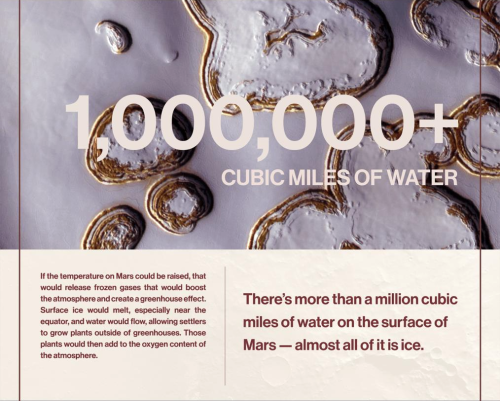
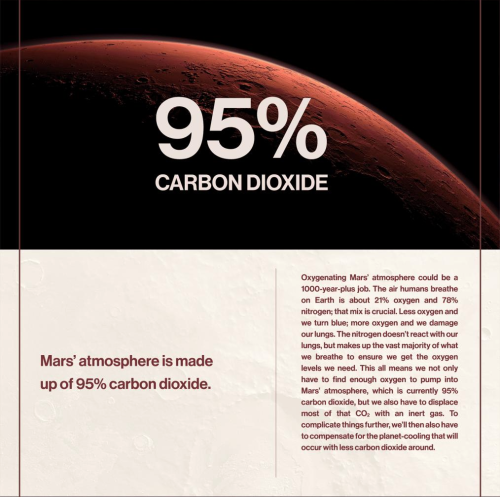
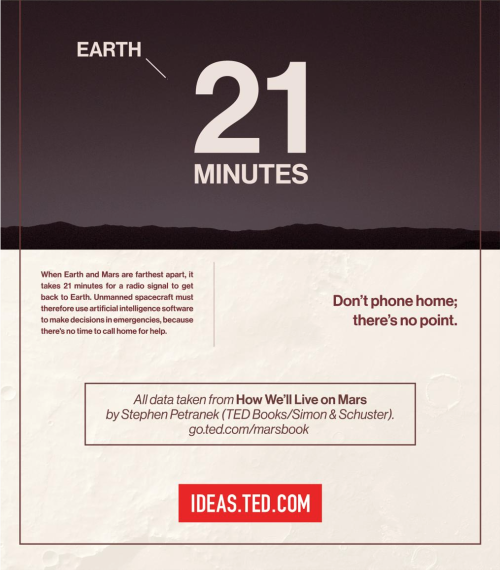
Life on Mars








Terraforming Mars

Pepacton Reservoir is one of the darkest areas of the tri-state area. By contrast the city is serves is one of the brightest; New York.
js
-
 botanicalbonelord reblogged this · 5 years ago
botanicalbonelord reblogged this · 5 years ago -
 quagmire-sapphire liked this · 6 years ago
quagmire-sapphire liked this · 6 years ago -
 eclecticap liked this · 7 years ago
eclecticap liked this · 7 years ago -
 lorywisen-blog liked this · 7 years ago
lorywisen-blog liked this · 7 years ago -
 classica-1750 reblogged this · 7 years ago
classica-1750 reblogged this · 7 years ago -
 classica-1750 liked this · 7 years ago
classica-1750 liked this · 7 years ago -
 theasianexception reblogged this · 7 years ago
theasianexception reblogged this · 7 years ago -
 jfs1 reblogged this · 7 years ago
jfs1 reblogged this · 7 years ago -
 the-last-awakener reblogged this · 8 years ago
the-last-awakener reblogged this · 8 years ago -
 the-last-awakener liked this · 8 years ago
the-last-awakener liked this · 8 years ago -
 mimris liked this · 8 years ago
mimris liked this · 8 years ago -
 austinmatthewrossi46 liked this · 8 years ago
austinmatthewrossi46 liked this · 8 years ago -
 drefvalentine reblogged this · 8 years ago
drefvalentine reblogged this · 8 years ago -
 i-curiousaquarian liked this · 8 years ago
i-curiousaquarian liked this · 8 years ago -
 1queerengineer liked this · 8 years ago
1queerengineer liked this · 8 years ago -
 best-hotels-posts reblogged this · 8 years ago
best-hotels-posts reblogged this · 8 years ago -
 wads-of-gabe liked this · 8 years ago
wads-of-gabe liked this · 8 years ago -
 nothinginthemorning liked this · 8 years ago
nothinginthemorning liked this · 8 years ago -
 chris9076 reblogged this · 8 years ago
chris9076 reblogged this · 8 years ago -
 chris9076 liked this · 8 years ago
chris9076 liked this · 8 years ago -
 spacenerdhappy reblogged this · 8 years ago
spacenerdhappy reblogged this · 8 years ago -
 wearelyca reblogged this · 8 years ago
wearelyca reblogged this · 8 years ago -
 seaki reblogged this · 8 years ago
seaki reblogged this · 8 years ago -
 cryin4u-45 liked this · 8 years ago
cryin4u-45 liked this · 8 years ago -
 risenhooversa liked this · 8 years ago
risenhooversa liked this · 8 years ago -
 thesadandlonelyclub liked this · 8 years ago
thesadandlonelyclub liked this · 8 years ago -
 halamadrid-miasanmia reblogged this · 8 years ago
halamadrid-miasanmia reblogged this · 8 years ago -
 halamadrid-miasanmia liked this · 8 years ago
halamadrid-miasanmia liked this · 8 years ago -
 intergalacticspaceangel reblogged this · 8 years ago
intergalacticspaceangel reblogged this · 8 years ago -
 intergalacticspaceangel liked this · 8 years ago
intergalacticspaceangel liked this · 8 years ago -
 abovelucky liked this · 8 years ago
abovelucky liked this · 8 years ago -
 paintedpolarbear reblogged this · 8 years ago
paintedpolarbear reblogged this · 8 years ago -
 randomfandoms6279-blog reblogged this · 8 years ago
randomfandoms6279-blog reblogged this · 8 years ago -
 randomfandoms6279-blog liked this · 8 years ago
randomfandoms6279-blog liked this · 8 years ago